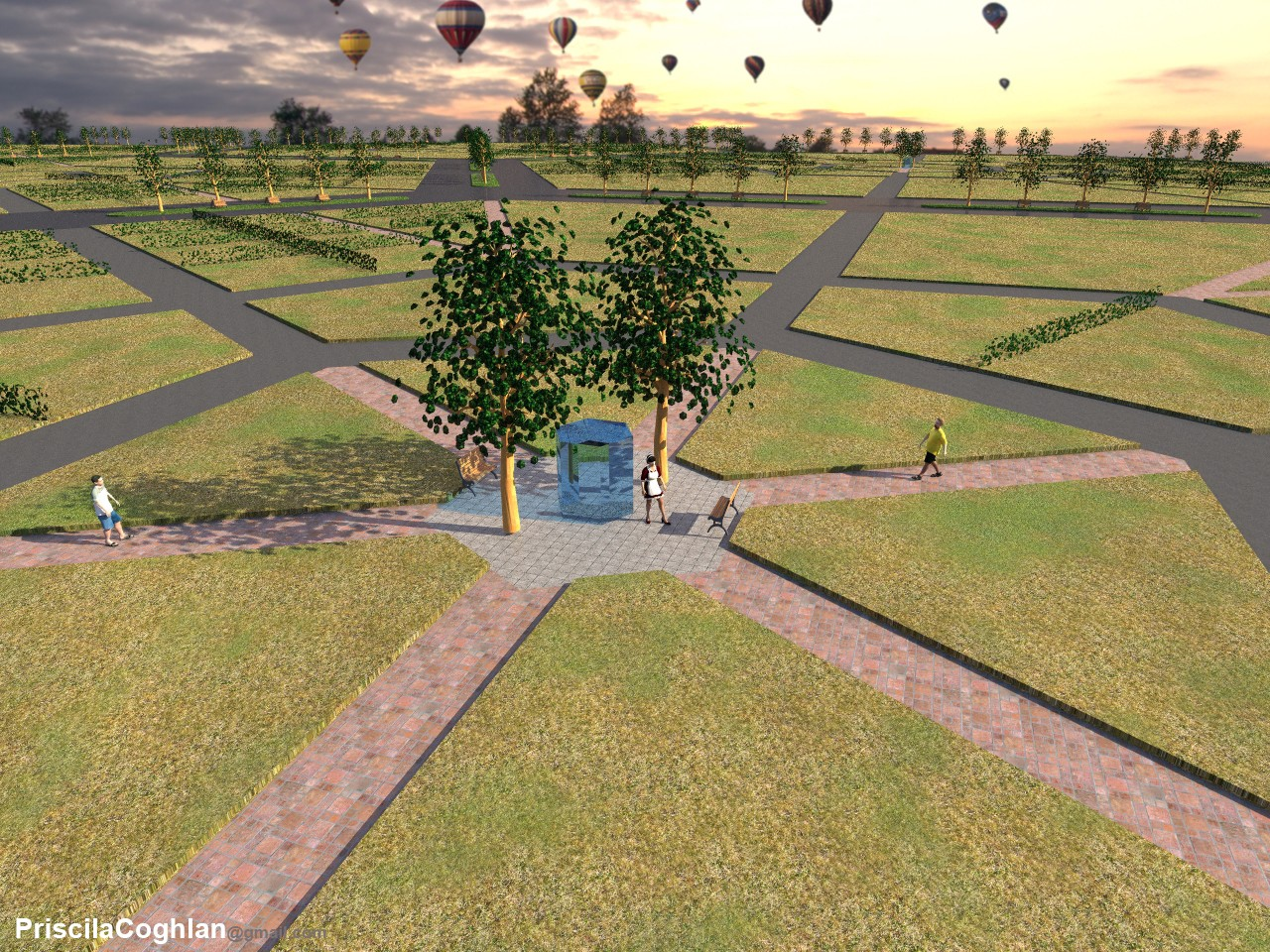Have you heard of Genesis City? It’s a digital metropolis backed by blockchain. Roughly the size of Washington, D.C., the makers and investors hope the city will turn into a popular virtual-reality commerce destination. Investors are already making money on the project.
Ryan Kunzmann, a tech support employee at a property management website, paid $15,000 for 62 plots of about 1,100 square feet each in December, according to Bloomberg. Three months later, Kunzmann resold just eight of the plots and recouped his investment. These days, resellers can get as much as $30,000 for a plot in the digital city.
What does Kunzmann intend to do with his virtual land? He’s thinking about making part of it a museum or art gallery. “There’s a lot of great art out there that people don’t get to see,” he told Bloomberg. “Especially if you don’t live in a big city.”
The credit network Ripio.com bought a piece of the city near the main square for nearly $150,000. Visitors appear at the spot when they enter the city, so it’s a valuable piece of real estate. What is the most a user has spent on a plot? $200,000—on a piece of land that someone originally bought for just $13,000.
Because the city has fixed virtual dimensions—around 90,000 plots—it has high demand and little supply. That’s why prices for the virtual real estate are rising. The city, part of a digital world known as Decentraland, was constructed by coders Esteban Ordano and Ari Meilich of Argentina. Decentraland is described as “a virtual reality platform powered by the Ethereum blockchain. Users can create, experience, and monetize content and applications.”
One of the advantages of owning land in this particular digital world is that corporations can’t change the terms and don’t own users’ data. Last year, Decentraland raised $26 million, partially because of these terms. Users then traded the fixed supply of Genesis real estate, leading to an increase in value.
Decentraland users have total control over the content of the land they own. The users also keep all the proceeds they generate. This is made possible through blockchain technology, which offers an unforgeable record of ownership.
Virtual landowners are still working on their plots, but some neighbourhoods have already started to take form. One resembles the world of Blade Runner and another mimics Las Vegas. It’s still a bit rough around the edges, and the virtual city won’t be up and running on a basic level for several months.
In addition to using virtual reality headsets, future visitors will get access to Genesis City using their web browsers.
“Once virtual reality becomes a mass movement, and we’re heading in that direction, we’ll come to a critical mass of users that will need a platform to discover content,” Meilich told Bloomberg.
In the meantime, users such as Kunzmann will continue to build neighbourhoods. Ripio Chief Executive Officer Sebastian Serrano plans on using his high-traffic plot to promote financial services such as cryptocurrency loans. However, there is no guarantee that their work will result in commercial profits.


